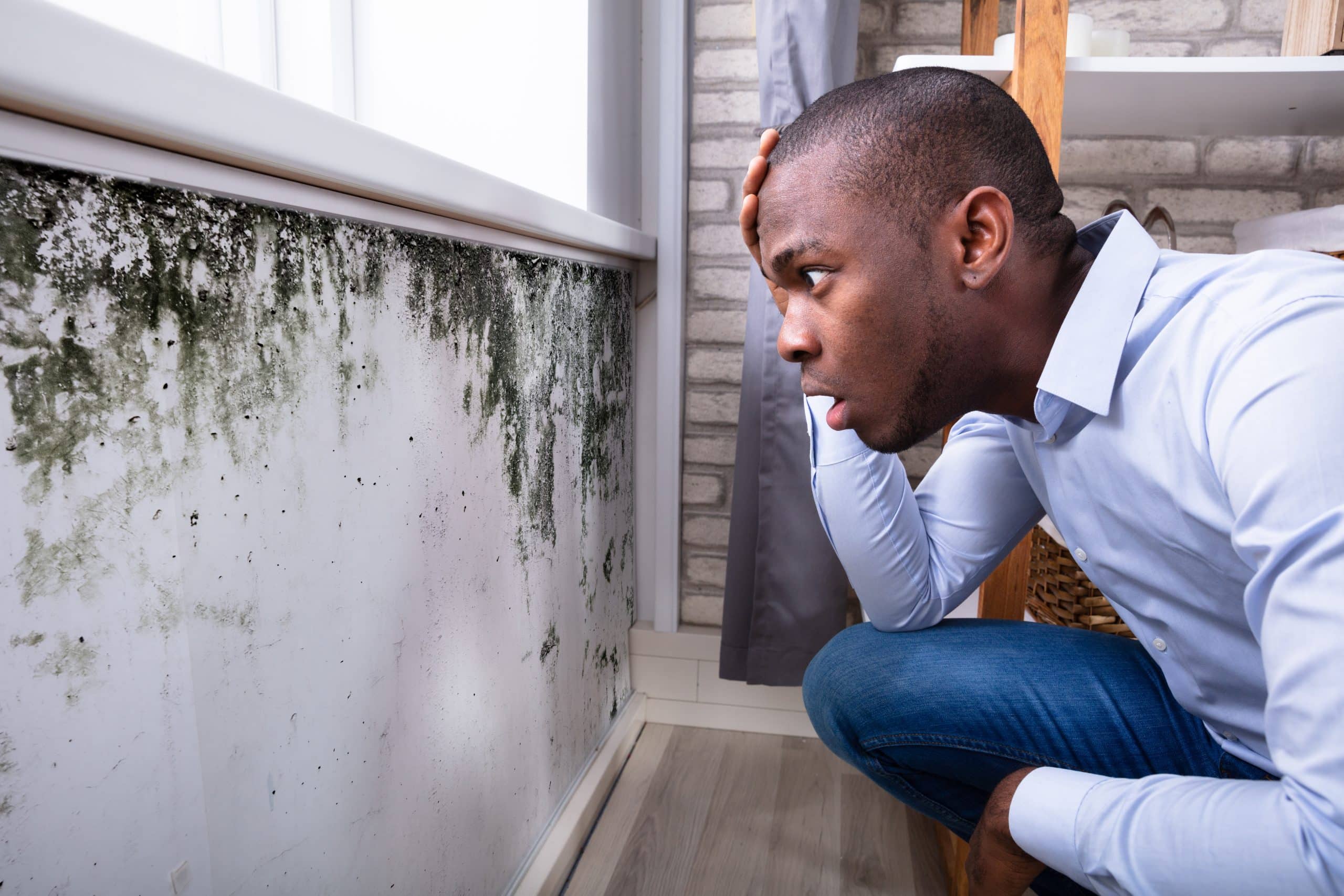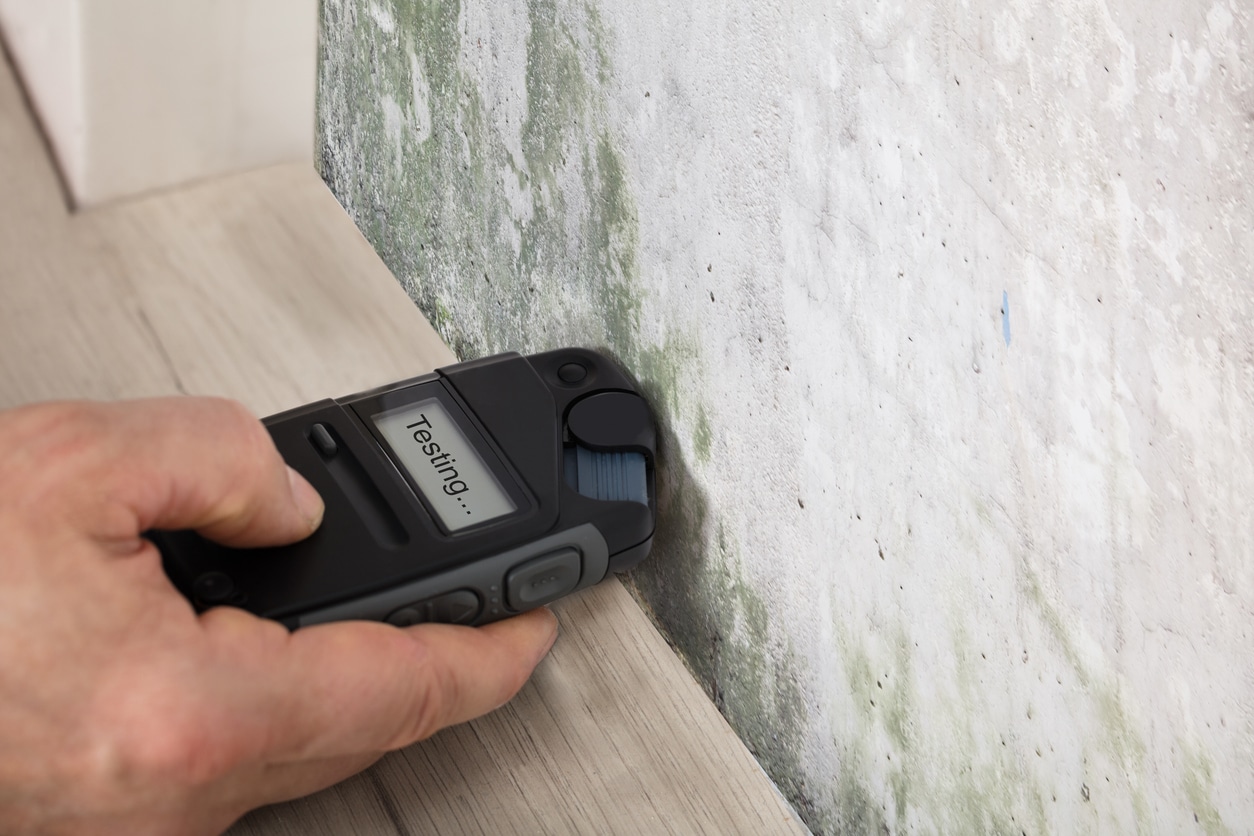Mold growth is not just a nuisance; it’s a serious issue that can impact your…
Get Mold Remediation for Healthy Living
Any residential or commercial real estate owner can get terrified by the four-letter word “mold.” The most minor disadvantage is that it is ugly and full of odor. The most significant disadvantage is the severe risks to the health of your loved ones, staff, etc., from the harmful chemicals mld carries.
Even a tiny leak beneath the sink or water heater can cause mold to grow. It is also suggested that mold grows in dirty water in as little as 72 hours. If a mold growth is suspected, it is extremely important that one acts promptly and hires professional assistance to mitigate these health risks.
A Few Harmful Effects and Causes of Mold
Mold can be harmful to your health, expensive, and challenging to get rid of. If water damage is not sufficiently addressed, mold may develop. If it is not eliminated, a hazardous environment and even lower indoor air quality could result.
Even if you haven’t experienced any significant water damage, something as simple as a leaking window might cause mold damage.
Mold damage could result from anything as easy as a leaking window, even if you haven’t had any serious water damage. People who have asthma can be more vulnerable to mold.
How to Get Rid of Mold?
Ensure everyone in your family, yourself, and the technicians at work are safe.
Record the working circumstances and procedures so you can evaluate them later.
As close as possible to the mold’s source, control the contamination.
Firstly, remove the mold. Trying to eradicate, restrict, or encase the mold will not resolve the issue, but a qualified local practitioner with experience in mold remediation must eliminate the mold.
The moisture issue that initially gave rise to the mold cleanup area needs to be addressed and fixed to prevent other mold problems. The water damage and remediation protocols must also be followed to dry any salvageable items to restoration standards.
Mold and moisture are closely related. You must take care of the moisture issue in addition to eliminating mold from the house.
Contact a professional so they can attempt to stop the mold from growing initially. They will take care of mold problems right away, trying to stop them before they start.
Classification of Mold
Experts classify mold as Attic or Basement. Knowledge of the two is very important for successful remediation.
1. Attic Mold
Mold grows in the attic for various reasons. Moisture is generally the cause of mold, and it may be present in your home’s attic due to malfunctioning pipes, poor ventilation, or roofing problems.
To find a leak in your roof, look for discoloration near the wood, insulation, and roof valleys. Also, look for windows or skylights because the air in your house naturally rises, and the attic needs to be properly ventilated. Make sure ventilation is easily available and avoid covering the vents with insulation at all times.
2. Basement Mold
Basement mold is very common in homes. If your house has a basement, there’s a good possibility that mold is growing in a corner.
Even minor mold infestations in the basement have the potential to spread to other parts of the house. Basement mold can grow in a variety of ways such as high humidity and moisture levels that may have resulted from a broken HVAC system.
If the basement has bad plumbing, standing water can be in one of those gloomy areas. Mold is never desirable anywhere in your home, regardless of the cause. Property destruction, pollution, and poor indoor air quality are common dangers of basement mold.



